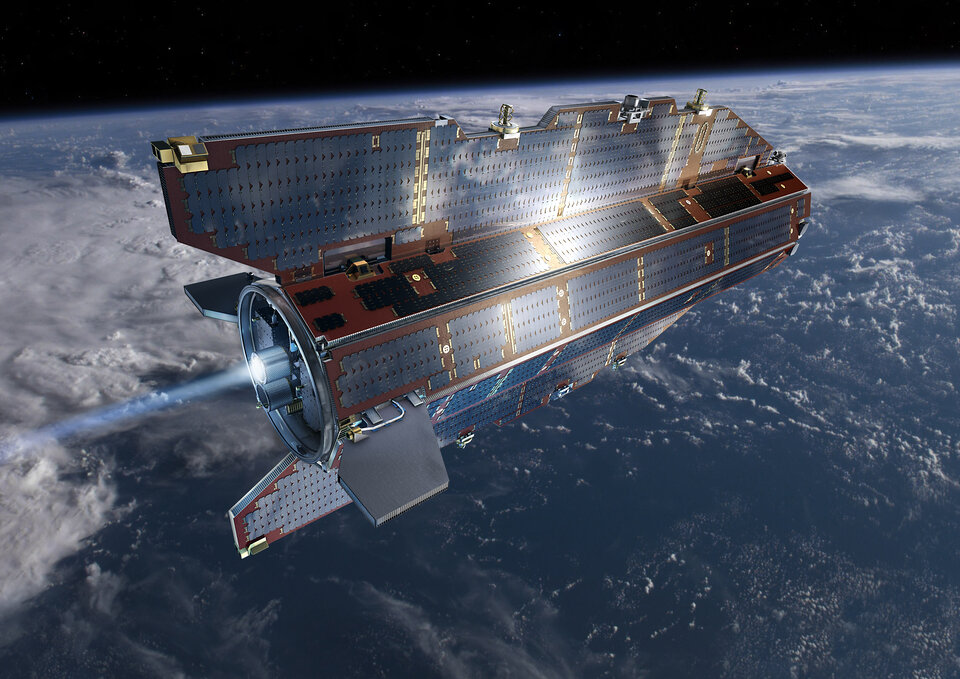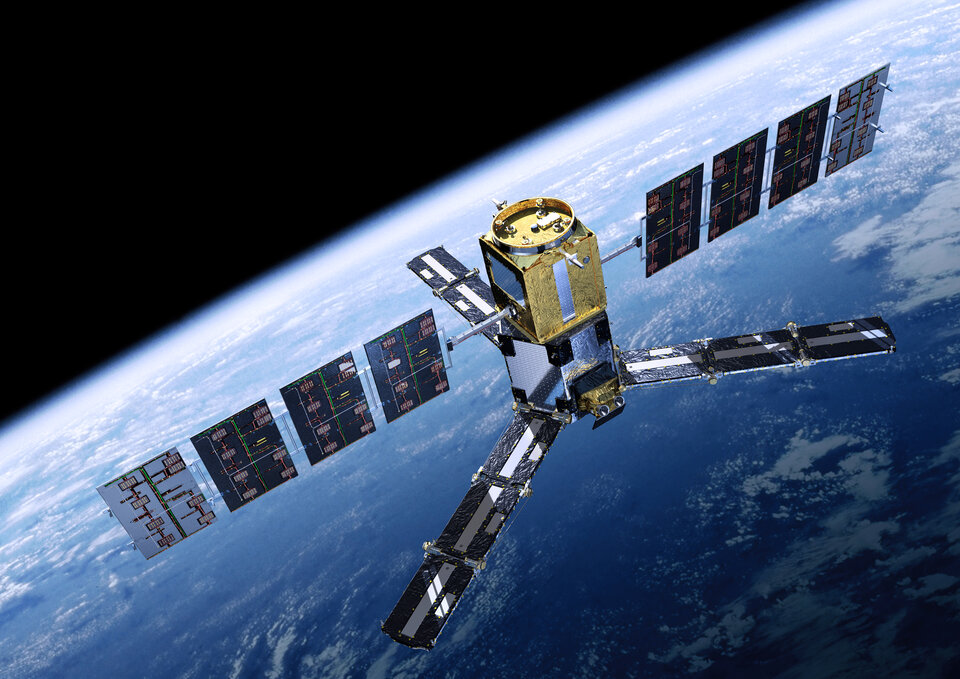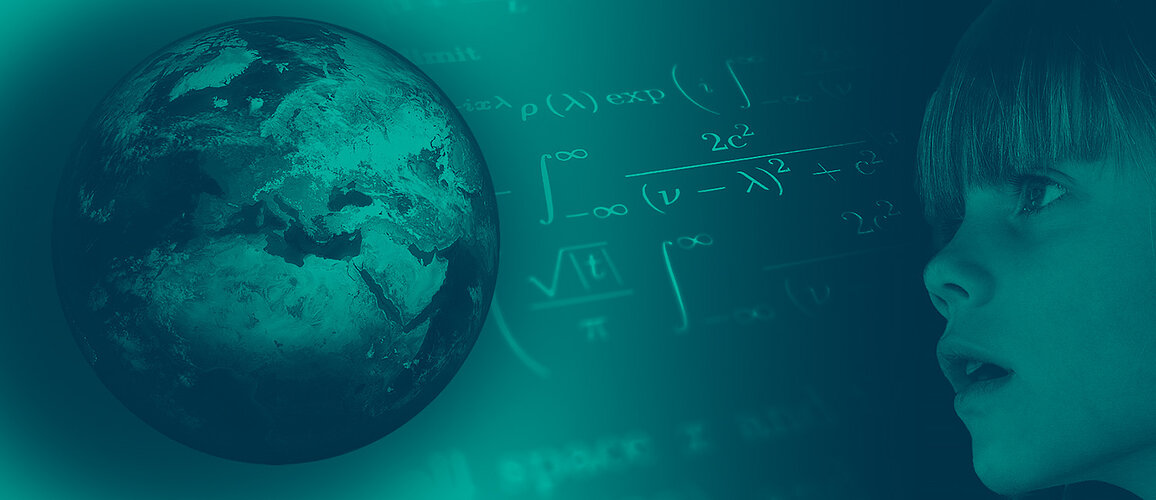ESA issues call for Earth Explorer proposals
As part of ESA’s Earth Observation Programme and its continuing endeavour to address critical Earth science issues, the Agency has released an opportunity for scientists to submit proposals for the eighth Earth Explorer mission.
By focusing on science and research, the Earth Explorer series of missions is being flown to improve our understanding of how the Earth system works and how human activity affects natural Earth processes. Earth Explorer missions also test cutting-edge technology for Earth observation, as the recent GOCE gravity mission is clearly demonstrating.
Earth Explorer missions fall into two categories: Core and Opportunity. Core missions respond directly to specific areas of public concern and are selected through widespread consultation with the science community. Opportunity missions are lower-cost satellites that are relatively quick to build and fly so that they can respond to areas of urgent environmental concern.
The user-driven process is fundamental to the development of both types of mission and provides the Earth science community with an efficient tool for advancing our understanding of Earth.
In line with ESA’s wish to involve the scientific community in this aspect of its Earth Observation Programme, the current call invites scientists from all 18 Member States and Canada to submit proposals to be evaluated as a potential Opportunity mission. The aim is to launch this mission by 2018.
More information about this call and the facility to upload proposals can be found via ESA's Earth Observation Proposal Upload System.
The deadline for submitting the initial letter of intent is 1 December 2009.
The call is expected to result in the selection of up to three candidate mission feasibility studies, after which they will be reviewed and one will be selected for flight.
This process of involving the scientific community in the definition of new missions and a peer-reviewed selection procedure has, so far, resulted in six Explorer missions, in various stages of implementation, and three candidates, which are undergoing feasibility studies.

The ‘Gravity field and steady-state Ocean Circulation Explorer’ (GOCE) was launched on 17 March. It is mapping Earth’s gravity field with unprecedented accuracy to advance oceanography, solid Earth physics, geodesy and sea-level research.
Aeolus will provide global observations of wind profiles from space to improve the quality of weather forecasts and advance our understanding of atmospheric dynamics and climate processes. Aeolus is due for launch in 2011.
The ‘Earth Clouds Aerosols and Radiation Explorer’ (EarthCARE) will improve the representation and understanding of Earth’s radiative balance in climate and numerical forecast models. EarthCARE is due for launch in 2013.

The ‘Soil Moisture and Ocean Salinity’ (SMOS) mission, scheduled to be launched on 2 November, will map variations of soil moisture and ocean salinity to further our understanding of Earth’s water cycle.
The CryoSat-2 satellite replaces CryoSat, which was lost in the launch failure of October 2005. Scheduled for launch early in 2010, it will observe fluctuations in the thickness of ice on land and floating in the sea to understand how climate change is affecting Earth’s ice masses.
Swarm will provide the best survey so far of the geomagnetic field and its changes over time in order to gain new insights into the Earth system by improving our understanding of our planet’s interior and climate. Swarm is due for launch in 2011.
The three missions undergoing feasibility studies are: BIOMASS, CoReH2O and PREMIER. One will be selected, leading to the launch of ESA’s seventh Earth Explorer mission around 2016.






